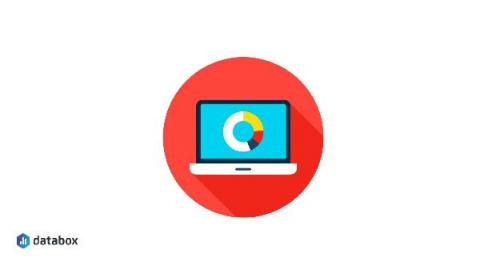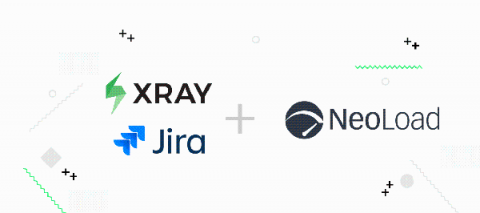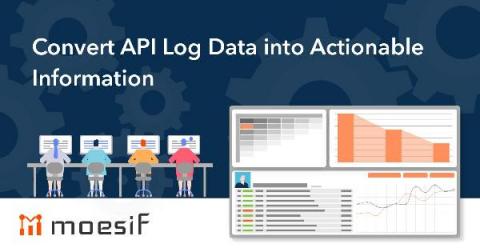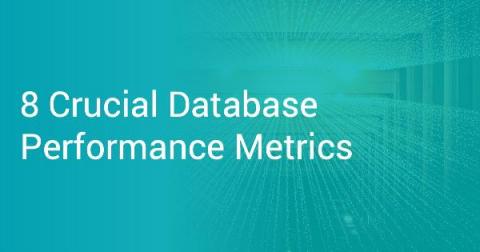Systems | Development | Analytics | API | Testing
%term
Rainforest QA Product Overview
AWS & Iguazio Bring Data Science to Life: Develop on SageMaker | Deploy on Iguazio
Learn more about the joint AWS & Iguazio solution: https://www.iguazio.com/partners/aws/
Start working with MLRun, the open-source MLOps orchestration framework: https://github.com/mlrun/mlrun
Don't Try This at Home: Building an Idempotent Data Pipeline
Learn about the technical challenges involved in building an idempotent data pipeline.
Stay on Top of Your Company's Performance with These 9 Executive Dashboard Metrics
How ClickBank Grew SQL Volume by 2X and Reduced Cost Per Lead by 50% With Databox
Comparing k6 and JMeter for load testing
When I joined the k6 team in late November, the foremost question on my mind was "How does this compare to JMeter?" You see, I come from a performance testing consulting background, and in the last few years, JMeter has been far and away my tool of choice. So what am I doing on the k6 site, talking about how much I love JMeter? Well, firstly, it turns out that the k6 team is pretty open and transparent, especially about potential improvements in k6.
Consolidate performance testing in Jira with Xray and NeoLoad
Performance testing has become increasingly distributed, as teams do more testing at each stage of the software development life cycle. While the business benefits of performance testing are undeniable, like finding defects earlier when it’s easier and less expensive to fix them — it makes managing all your tests more challenging.
Convert API Log Data into Actionable Information
You’ve built an API to solve technical problems, but you know that’s just the beginning. In addition to helping developers use it, you need to understand how they use it. You want to measure its performance and popularity, and make adjustments based on what you discover.
8 Crucial Database Performance Metrics
What are the most important database performance metrics, and how do you monitor them? This is a question many IT professionals would like the answer to. We can collect and use a wide range of database metrics to analyze database and server resource consumption, not to mention overall usage. You are probably wondering why this is essential for business, so let’s explore this next.











